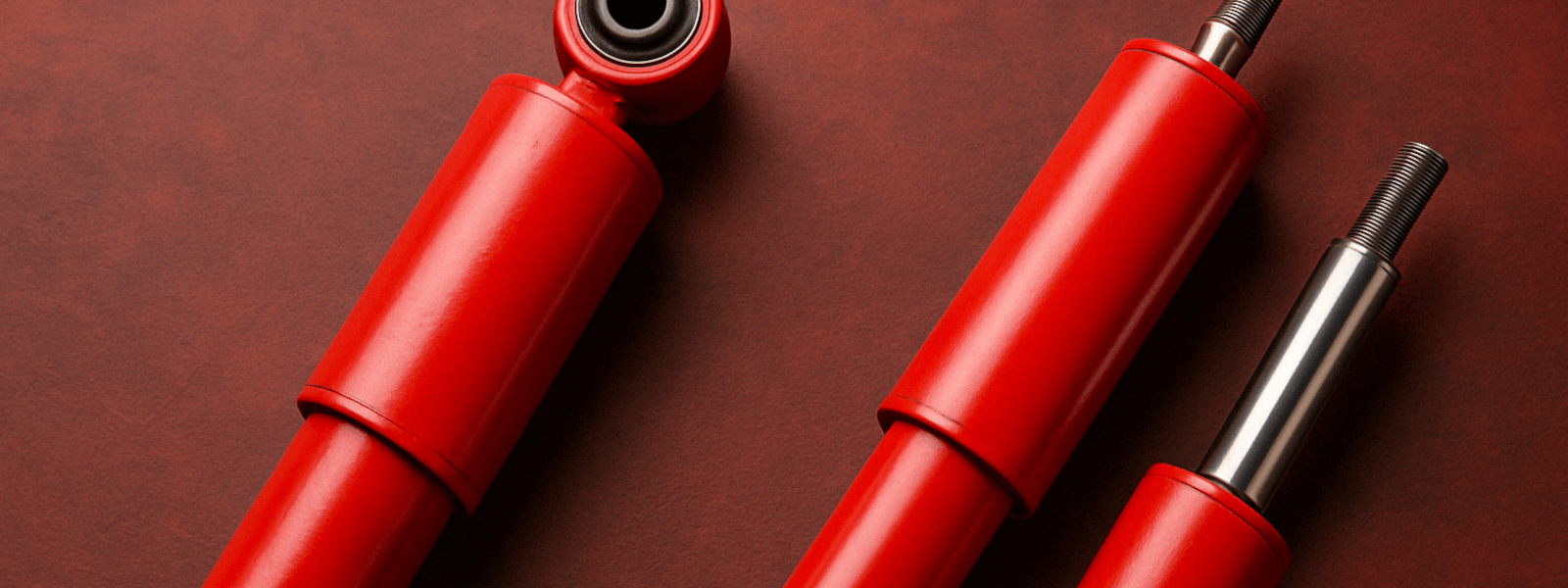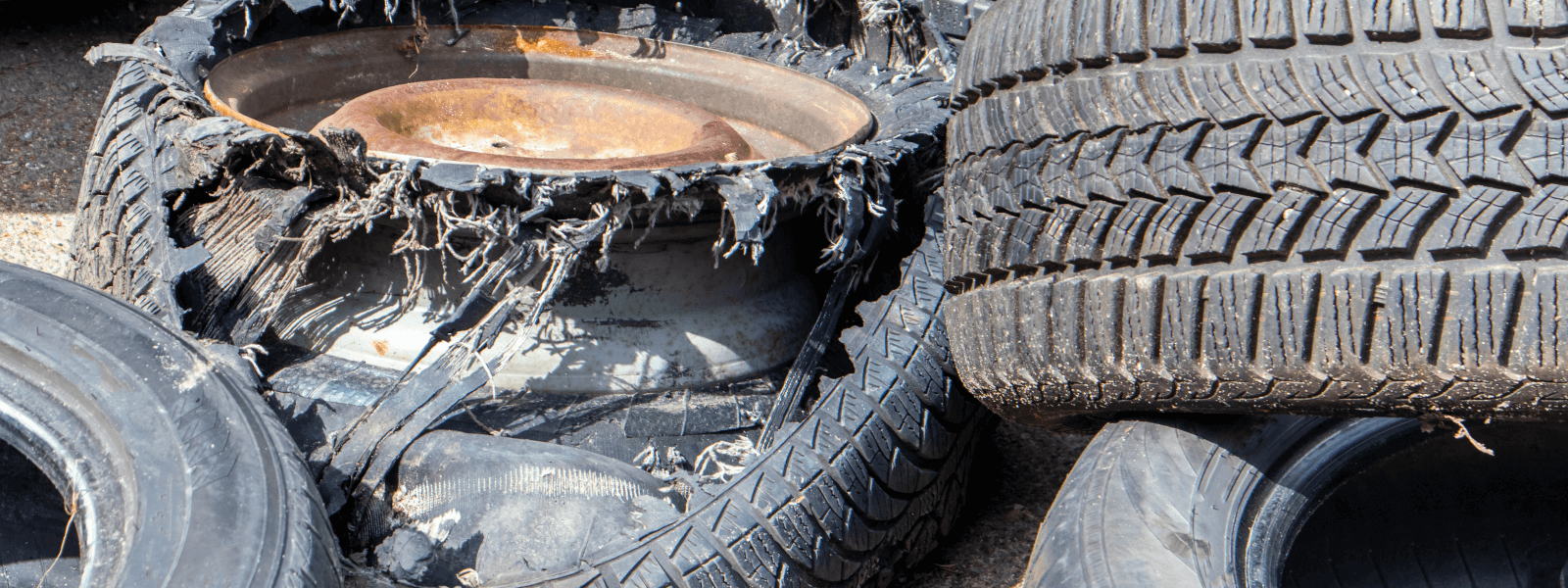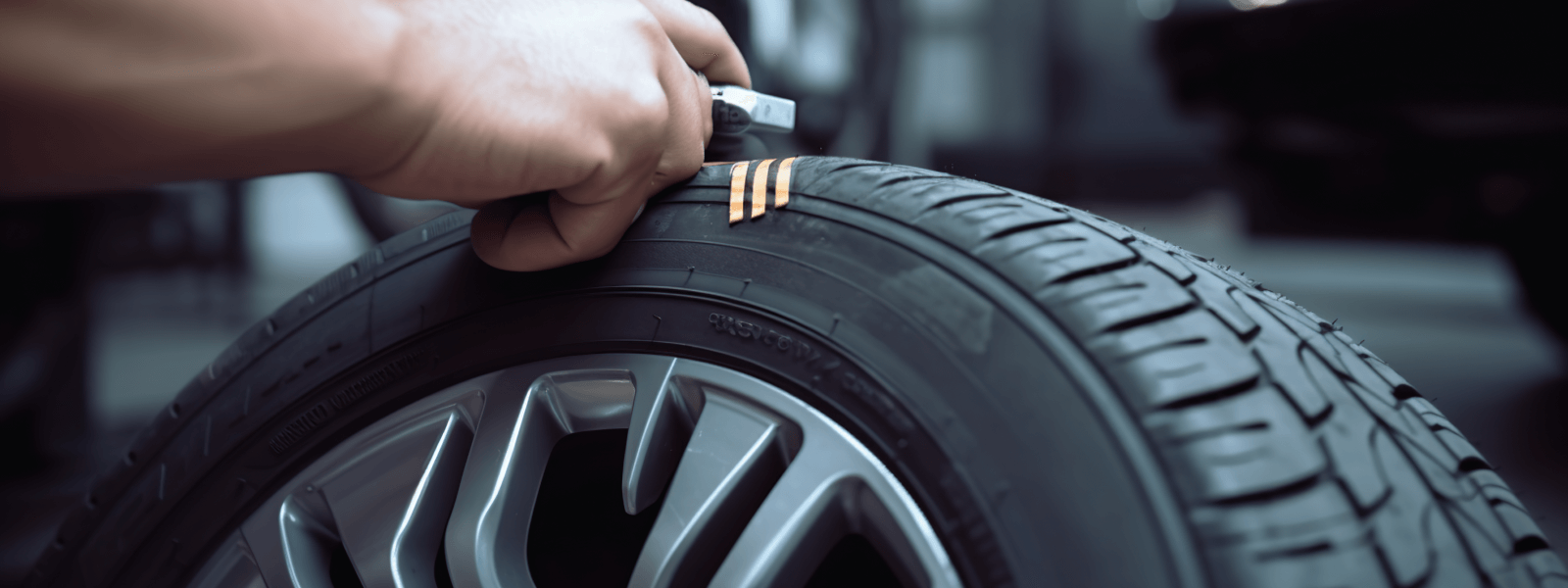Twin-Tube vs. Monotube Shocks: Choosing the Right One for Your Vehicle

If you truly care about how your vehicle performs and the quality of your ride, getting the right suspension setup is key.
Shock absorbers are vital for keeping your car stable, handling well, and providing comfort by controlling how the suspension reacts to bumps, potholes, and sudden movements.
Among the various options out there, twin-tube and monotube shocks are the most popular, each with its own set of pros and cons.
At 395 Auto & Performance, we understand that picking the right shocks goes beyond just finding something that fits—it’s about discovering what suits your driving style and needs best.
Whether you want a smooth ride for your daily commute, the ability to tackle off-road adventures, or top-notch performance handling, knowing the differences between twin-tube and monotube shocks will empower you to make a smart choice.
In this guide, we’ll dive into their structural differences, performance traits, and installation tips so you can figure out which option is the perfect match for your vehicle.
Structural Differences Between Twin-Tube and Monotube Shocks
Monotube shocks feature a single-cylinder design that contains both the shock fluid and nitrogen gas. In contrast to the twin-tube shocks often found in standard vehicles, monotube shocks excel in heat dissipation and responsiveness. Let’s dive into what sets them apart:
What Are Twin-Tube Shocks?
Twin-tube shocks are made up of two cylindrical tubes: the inner working tube, where the piston does its thing, and the outer reserve tube, which stores extra hydraulic fluid. When your vehicle encounters a bump, the piston moves up and down inside the inner tube, pushing fluid through tiny valves that manage resistance and damping force.
✔
Advantages of Twin-Tube Shocks:
- Cost-effective and widely used in original equipment (OE) applications.
- Provides a smooth, comfortable ride, making it ideal for daily driving.
- Less susceptible to minor external damage since the inner tube is protected.
✘
Disadvantages of Twin-Tube Shocks:
- Prone to aeration and foaming, leading to a loss of damping efficiency over time.
- Limited installation flexibility, as improper orientation can impact performance.
- Tends to retain heat, potentially reducing long-term performance.
What Are Monotube Shocks?
Monotube shocks feature a single-cylinder design with a floating piston separating the hydraulic fluid from high-pressure gas. This design allows for faster response times, superior heat dissipation, and improved handling characteristics.
✔
Advantages of Monotube Shocks:
- Enhanced precision and responsiveness, ideal for performance driving and off-road use.
- Better heat dissipation, reducing the likelihood of performance fade.
- Can be installed in multiple orientations without affecting functionality.
✘
Disadvantages of Monotube Shocks:
- Generally more expensive due to their advanced design.
- More susceptible to external damage, as the single tube is exposed.
- Can provide a firmer ride, which may not be ideal for those seeking a cushioned driving experience.
Performance Characteristics of Twin-Tube Shocks
Twin-tube shocks are all about comfort, making them a popular pick for everyday drivers and those watching their wallets. Thanks to their hydraulic damping system, they do a great job of soaking up those little bumps in the road, giving you a smoother ride whether you're cruising through the city or hitting the highway.
On the flip side, twin-tube shocks can struggle when it comes to high-performance or off-road situations. Their dual-cylinder design makes them more susceptible to aeration, which is when air mixes with the hydraulic fluid. This can lead to a drop in damping efficiency over time, making them less ideal for aggressive driving, heavy loads, or long stretches on rough terrain.
That being said, if your main driving happens on paved roads and you value
comfort over performance while keeping an eye on costs, twin-tube shocks are a great option. They offer enough damping for regular driving conditions and help keep your suspension system budget-friendly and easy to take care of.
Performance Characteristics of Monotube Shocks
Now Monotube shocks are designed for top-notch performance and durability, which is why they’re a favorite among car enthusiasts, off-road adventurers, and those who love to drive fast. Thanks to their single-chamber design, they allow for quick damping adjustments, giving you better control and stability when navigating rough terrain or making sharp turns.
One of the standout benefits of these shocks is their ability to dissipate heat effectively. With a floating piston separating the fluid and gas, they minimize the chances of aeration, ensuring that damping performance remains consistent. This feature makes them perfect for off-road escapades, heavy towing, and performance driving, where you often face repeated impacts and heat buildup.
But there’s a catch:
ride stiffness. While monotube shocks enhance handling, they can feel a bit firmer compared to twin-tube shocks, which might make the ride less comfortable on bumpy roads. Still, if you prioritize
sharp handling, exceptional stability, and long-lasting performance, investing in monotube shocks is definitely worth it.
Heat Dissipation and Shock Performance
One of the most important yet often overlooked factors when it comes to shock absorbers is how well they handle heat. When shocks are put to the test—whether during long road trips, spirited driving, or towing—heat can build up inside the shock body, which can impact both their damping consistency and overall lifespan.
Monotube shocks really shine in this department because they have direct airflow exposure and a single-cylinder design, allowing them to dissipate heat much more effectively than twin-tube shocks. Plus, the separation of gas and fluid helps minimize aeration, ensuring they deliver reliable performance even in extreme conditions.
On the other hand, twin-tube shocks tend to hold onto heat more due to their dual-cylinder design. The outer cylinder stores extra fluid, but with less surface area exposed to airflow, that fluid can heat up over time, which may lead to a drop in performance. While this might not be a big deal for everyday drivers, it can definitely pose a challenge for those who drive aggressively or in tough situations.
At
395 Auto & Performance, we suggest going for
monotube shocks if you’re looking for durability and top-notch performance in demanding conditions. However, if comfort and budget are your main concerns, twin-tube shocks are still a great option for daily driving.

Choosing Between Twin-Tube and Monotube Shocks
When selecting the right shocks, consider:
- Daily Driving: Twin-tube shocks provide a smoother, more comfortable ride.
- Performance & Off-Road Use: Monotube shocks offer better handling and responsiveness.
- Cost: Twin-tube shocks are budget-friendly; monotube shocks come at a premium.
- Durability: Monotube shocks excel in harsh conditions, while twin-tube shocks are more resistant to external damage.
FAQs About Remote Reservoir Shocks
What are the main differences between twin-tube and monotube shocks?
Twin-tube shocks have two chambers, whereas monotube shocks have a single chamber. Monotube shocks offer better heat dissipation and responsiveness, while twin-tube shocks are more affordable and comfortable for daily driving.
Which shock type is better for off-road driving?
Monotube shocks are superior for off-road use due to their durability, quicker damping response, and better heat dissipation.
Do monotube shocks provide a harsher ride?
Yes, monotube shocks generally offer a firmer ride compared to twin-tube shocks, which can make them less comfortable on smooth roads.
Can I switch from twin-tube to monotube shocks?
Yes, in most cases, vehicles can be upgraded from twin-tube to monotube shocks, but it’s important to check compatibility with your suspension system.
How does shock absorber design affect vehicle handling?
Monotube shocks provide better handling and stability, reducing body roll and improving traction, whereas twin-tube shocks prioritize ride comfort.
Why 395 Auto & Performance Is the Leader in Shock Services
When it comes to shocks, shock replacement, and shock rebuilding, 395 Auto & Performance is recognized for our experience, expertise, and local knowledge.
We know the specific challenges that Riverside County roads, trails, and climate present for your vehicle.
✅ Certified technicians who specialize in suspension systems
✅ Access to premium
shock absorber
brands and rebuild kits
✅ Local knowledge of
desert, mountain, and highway
driving conditions
✅ Honest, upfront pricing and advice
Whether you’re starting to see signs of shock wear or gearing up for a complete suspension overhaul, we’re here to ensure your ride remains smooth, safe, and prepared for anything the road—or trail—might present.







